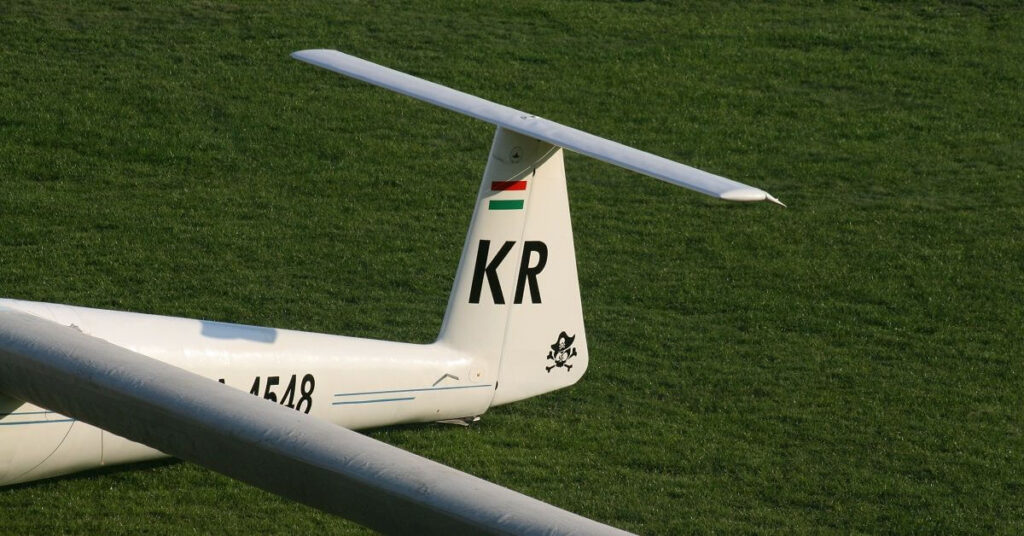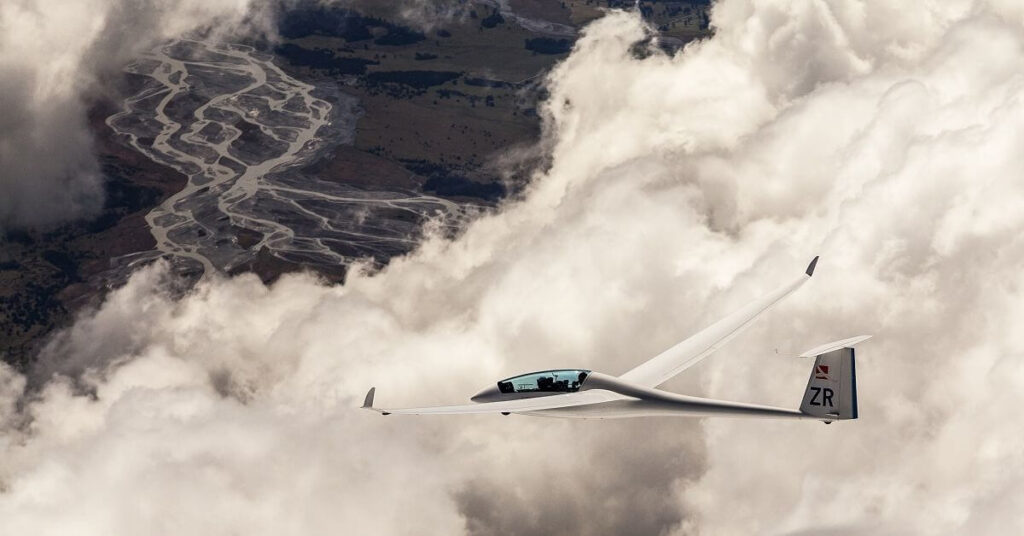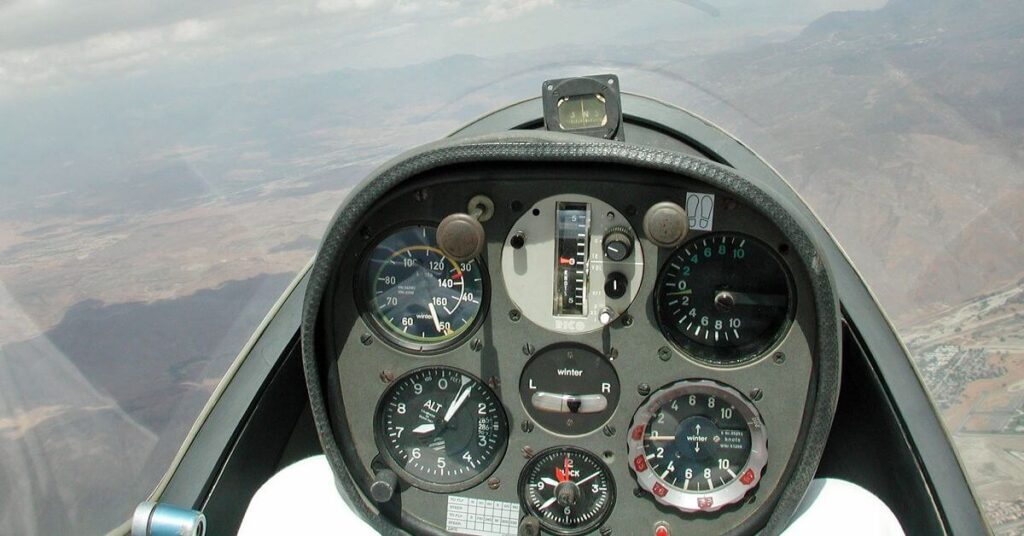The controls of a glider, also known as a sailplane, are similar to those of a powered aircraft. The main controls include:
- Elevator: This control is located on the tail of the glider and is used to control the pitch of the aircraft. Moving the elevator control forward will cause the nose of the glider to pitch down, causing the glider to descend, while moving the elevator control backward will cause the nose of the glider to pitch up, causing the glider to climb.
- Ailerons: These are located on the wings of the glider and are used to control the roll of the aircraft. Moving the ailerons in opposite directions will cause the glider to roll, allowing the pilot to turn the aircraft.
- Rudder: This control is located on the tail of the glider and is used to control the yaw of the aircraft. Moving the rudder left or right will cause the glider to yaw, allowing the pilot to change the direction of the aircraft.
Additionally, some gliders have a control called the speed brake, which is used to control the speed of the glider. It is typically located on the wings and allows the pilot to increase drag and slow down the aircraft.
It is important to note that the control layout and design may vary from one glider model to another. Some gliders may have different control systems or additional controls such as flaps, airbrakes or a control for the airspeed. The pilot must be familiar with the specific control layout and design of the glider he is flying.



